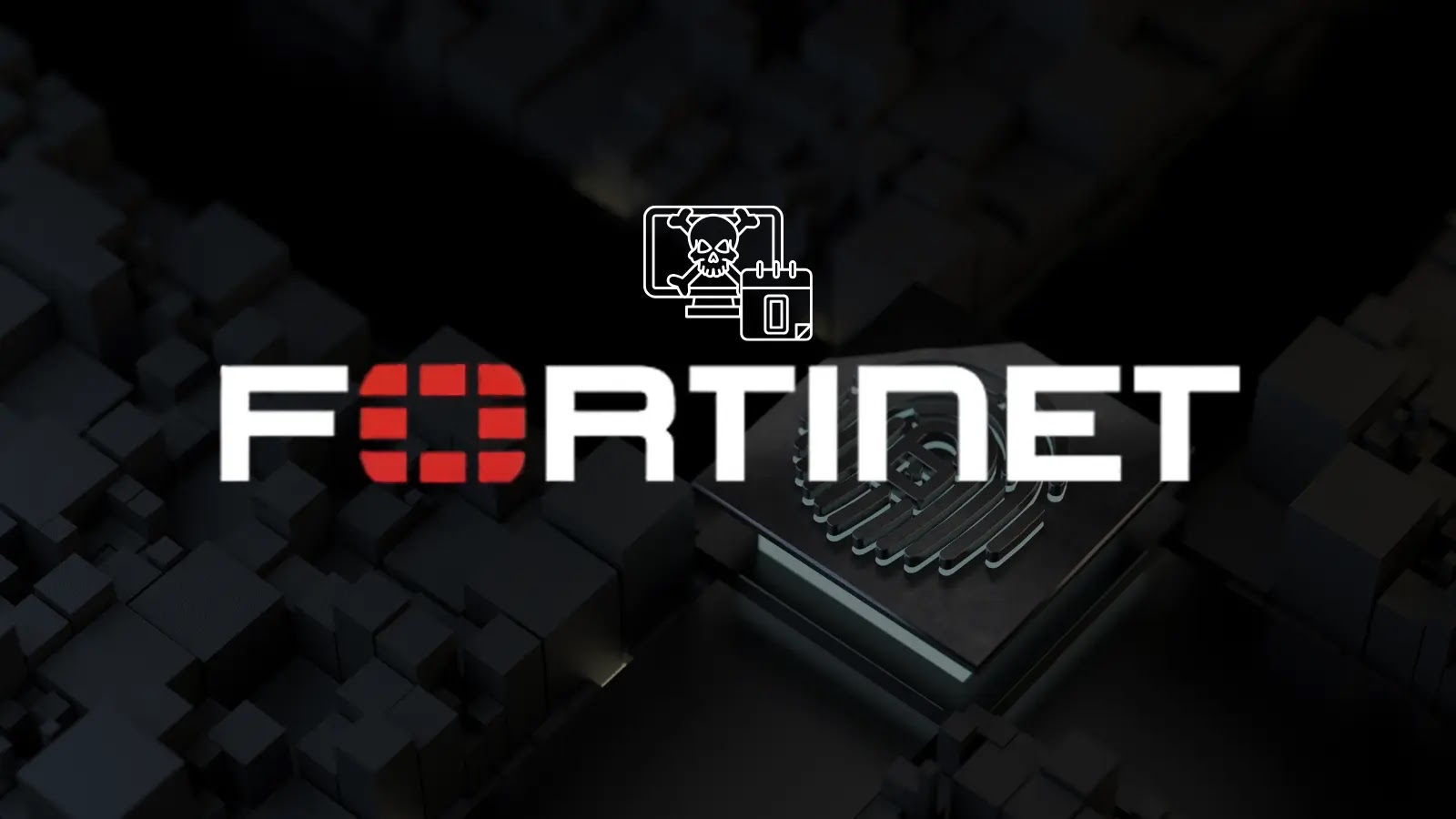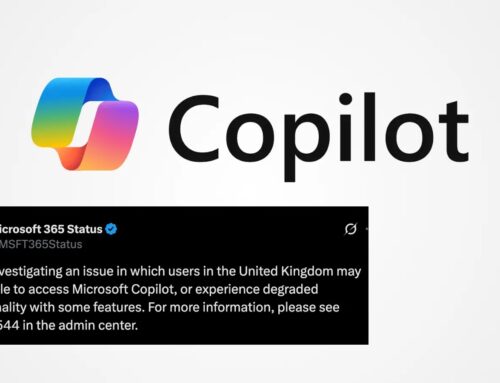
New FortiWeb 0-Day Code Execution Vulnerability Exploited in the Wild
A new and critical threat has emerged for organizations relying on Fortinet’s FortiWeb web application firewall. Fortinet has issued an urgent security advisory concerning a zero-day vulnerability, tracked as CVE-2025-58034, which is actively being exploited in the wild. This flaw represents a significant risk, allowing authenticated attackers to execute arbitrary code with potentially devastating consequences. Understanding the nature of this FortiWeb zero-day and implementing immediate countermeasures is paramount for maintaining robust cybersecurity posture.
Understanding the FortiWeb Zero-Day Vulnerability: CVE-2025-58034
The recently disclosed FortiWeb vulnerability, CVE-2025-58034, is classified under CWE-78: Improper Neutralization of Special Elements used in an OS Command (‘OS Command Injection’). This designation highlights a significant weakness where an application does not correctly neutralize special elements within an operating system command, allowing attackers to inject and execute their own commands. In the context of FortiWeb, this means an authenticated attacker can leverage this weakness to run unauthorized code or commands directly on the vulnerable FortiWeb appliance.
The “zero-day” classification is particularly concerning because it signifies that the vulnerability was exploited before an official patch or widely disseminated public information became available. This provides attackers with a significant window of opportunity to compromise systems without defenders having adequate time to prepare or mitigate. The active exploitation in the wild underscores the urgency for all FortiWeb users to take immediate action.
Impact of Code Execution Vulnerabilities
A code execution vulnerability, especially in a critical security device like a Web Application Firewall (WAF), carries severe implications. If exploited successfully, an attacker could:
- Achieve full control: Gain complete administrative access to the FortiWeb appliance, potentially enabling them to bypass security controls, alter configurations, or deploy malicious payloads.
- Pivot to internal networks: Use the compromised WAF as a beachhead to launch further attacks against internal network resources and applications.
- Data exfiltration: Access and steal sensitive data that passes through or is stored on the WAF.
- Disrupt operations: Sabotage WAF functionality, leading to denial of service for protected web applications or misdirection of traffic.
- Maintain persistence: Install backdoors or other persistent access mechanisms on the device, allowing them to regain access even after remedial actions.
Remediation Actions and Mitigations
Given the active exploitation of CVE-2025-58034, immediate action is critical for all FortiWeb users:
- Apply Patches Immediately: Fortinet has released patches to address this vulnerability. Consult the official Fortinet security advisory for specific versions and download links. Prioritize patching all internet-facing FortiWeb instances.
- Review Logs for Compromise: Scrutinize FortiWeb logs and network traffic for any unusual activity, suspicious commands, or unauthorized access attempts that may indicate prior exploitation. Focus on authentication logs and command execution logs.
- Isolate and Segment: Ensure that your FortiWeb appliances are properly segmented from critical internal networks. While WAFs are designed to be at the perimeter, limiting their direct access to sensitive internal systems can reduce the impact of a compromise.
- Strong Authentication Practices: Enforce strong, unique passwords and multi-factor authentication (MFA) for all administrative interfaces of FortiWeb. This can help prevent unauthorized authenticated access, which is a prerequisite for exploiting this specific vulnerability.
- Regular Audits and Monitoring: Implement continuous monitoring for unusual command execution, configuration changes, or foreign processes running on your FortiWeb appliances.
Recommended Tools for Detection and Mitigation
| Tool Name | Purpose | Link |
|---|---|---|
| FortiWeb Security Advisory | Official information, patch details, and mitigation steps from Fortinet. | FortiGuard PSIRT Advisories |
| SIEM Solutions (e.g., Splunk, ELK Stack) | Centralized log management and anomaly detection for FortiWeb events. | Splunk / Elastic Stack |
| Vulnerability Scanners (e.g., Tenable.io, Qualys) | Identify unpatched FortiWeb instances and other network vulnerabilities. | Tenable.io / Qualys VMDR |
| Network Intrusion Detection/Prevention Systems (NIDS/NIPS) | Monitor for suspicious network traffic patterns originating from or targeting FortiWeb. | (Vendor-specific, e.g., Cisco Snort, Palo Alto Networks) |
Conclusion
The discovery and active exploitation of CVE-2025-58034 in FortiWeb appliances underscores the relentless nature of cybersecurity threats. Organizations must prioritize patching and vigilant monitoring to safeguard their web applications and infrastructure. Adhering to Fortinet’s advisories and implementing a layered security approach are essential steps in mitigating the risk posed by such critical zero-day vulnerabilities. Proactive defense and rapid response are the most effective strategies against these evolving threats.





